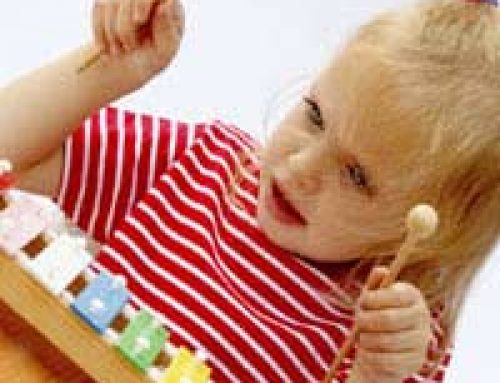
There are a variety of movement and dance classes aimed at young children, but do they have any particular benefit?
Being active is well documented as being important for all ages and getting children interested in being physically active from a young age is great. For toddlers who have mastered the art of toddling, they suddenly have a huge amount to explore – and the ability and function of their own bodies is no exception. They suddenly tend to become very active, wanting to move around and explore whenever they get the opportunity.
Toddling around is certainly beneficial, but for a young growing child, it also helps them to learn more about how they can move their bodies and exercise different parts. That’s where movement and dance classes come into their own.
Movement And Dance Classes
There are a variety of movement and dance classes available in the UK and they cater for a wide range of aged children. At their most basic, the movement classes for children focus on getting children to be active, through jumping around, stretching, running and even being still. Sometimes there’s play acting involved too where they act out stories or scenarios, or they may listen to stories or play with balls.
Dance classes are often available for children from the age of three upwards. They can cover all forms of creative dance, with one of the most popular for children being ballet or tap.
These type of classes are a great introduction to being active and physical exercise. Plus they help develop key skills, such as coordination, balance, flexibility, strength, stamina, discipline and even memory. Being active in this way also helps boost a child’s self-esteem, make them feel good about their own abilities and increase their self-confidence.
Young children have short attention spans, so dance and movement classes are often no longer than 30 to 45 minutes. A good teacher should be aware of their attention span issues and keep the class exciting and moving, so no-one is able to get bored or off track. The focus of classes for young children tends to be wide ranging, which helps gain their interest for longer, and is likely to explore all the different styles and approaches to dance and movement.
As children get older, they may find that they prefer one type of dance or movement over others, or develop certain preferences. Classes for older children tend to focus more on certain styles, such as ballet, tap, contemporary, jazz, hip hop or even Irish, than a generalised approach, so offer ideal options for them to move on to study and learn in more depth. The length of classes tends to increase with age too, and an hour or more becomes the norm.
With these movement and dance classes, children can start from a young age. If you think your child may enjoy it, then there’s no harm in them giving it a go. Of course, not all children will love it and, if your child is not thrilled at attending, then it’s best not to push it. There may be other music or physical classes out there that they’d prefer to go to and would gain more from.





Leave A Comment